Text
HOW FORMAL WEAR HAS BECOME LESS POPULAR IN WORKPLACE

A student pursuing bsc in fashion designing says 5-7 years back the trend of wearing formal clothes at workplace was way different from what it is today. During those years it used to be a compulsion for almost every employee in an organization to wear formals, be it small sized or big sized. Wearing formal clothes to work was understood to be the inherited way. It was the only way known by that time.
Wearing formals was thought to be the only way which awakened a sense of work ethics within an employee when he/she was found to be in mood for spending the evening chilling and doing nothing, not saying that any human is not allowed to have rest moments in between his/her daily busy schedule but it really doesn’t bodes well for head of any organization that his/her employee spend a gala evening at the office says a professor at an institute for fashion designing in Delhi.
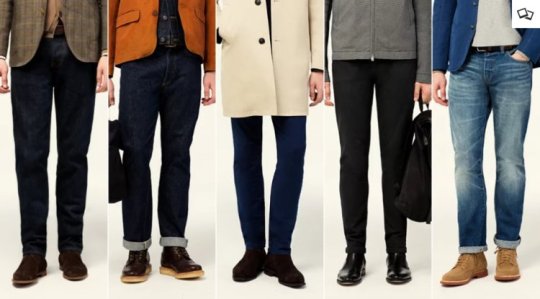
With time it became more and more clear that close fitted suit and tie were proving to be a hindrance in working capabilities of employees rather than improving their working capabilities says a student with degree in fashion designing. What also changed was the average age of company’s owner and employees, which meant generation gap started. The new owners were a lot open minded in these things and were ready to bend certain rules for the overall betterment of the company says a student who’s taken up mba in fashion designing.
One thing that is commonly found in modern India is being not too rigid about unnecessary rules and regulations, but again that varies from person to person. Modern Indian thinking aligned and it started to become more and more clear that all that mattered at the end of the day was productivity. It didn’t matter if the employee wore casual jeans and t shirt or tight fitted suit all that mattered was that employees felt stress free and comfortable with each other in views of a professor at a fashion designing institute in West Delhi.
#fashion designing institute in West Delhi#degree in fashion designing#mba in fashion designing#institute for fashion designing in Delhi#bsc in fashion designing
0 notes
Text
How to Determine Your Body Shape?

Introduction
Understanding your body shape is a very important aspect of fashion. It is, in fact, essential to cultivate a sense of personal style. I recently attended an event at one of the fashion designing institute in Delhi. There I was called up on the stage to share some of my expertise (I have earned some reputation as a fashion bloggerJ) with the students pursuing various fashion designing courses like BBA in fashion designing or a diploma in fashion designing there. I shared with them the basics of understanding your body shape and how to dress accordingly. I’m going to share the same with my readers today.
Determining Your Body Shape

It’s simple really. Here it is in two simple steps:
Step a few feet away from a full-length mirror and observe your overall body shape. Do this naked as underwear can also disguise what's really there. For example wearing shorts can emphasize your hips and make you look more bottom heavy.
Now, focus on the shape of your torso. Visualize a dress form from the shoulders to the hips.It's the contours of your torso; from the thinnest part of your waist to your rib cage and hip line that will determine your overall body shape.
Once you have understood your shape, see which of the following 5 categories it falls under.
You may also like to read: What Is the Importance of Sampling in Apparel Merchandising in Delhi and What Are the Types
The 5 Body Shapes

Pear: Torso and upper body smaller than your hips with waist definition
Inverted triangle: Torso and upper body wider than your hips with little waist definition
Rectangle: Torso and upper body are the same width as your hips with little waist definition
Hourglass: Torso and hips are approximately the same width with waist definition
Apple: Torso and upper body wider than your hips with little or no waist definition. You might have weight surrounding your waist.
If you’re interested in fashion designing there are various short term fashion designing courses in Delhi you can pursue.
#short term fashion designing courses in Delhi#5 Body Shapes#fashion designing institute in delhi#bba in fashion designing#fashion designing courses#diploma in fashion designing
0 notes
Text
18 Step Sweater Manufacturing Process in Apparel Production
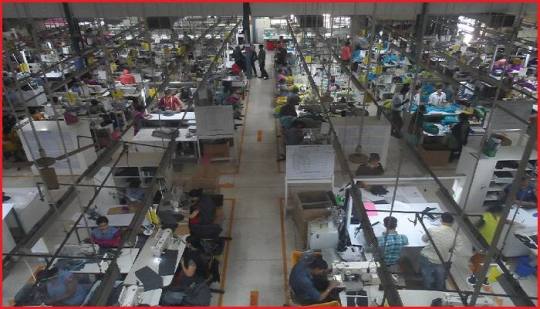
Apparel merchandising involves the whole process of apparel production, and the same is taught to students in an apparel merchandising course. This is important because an apparel merchandising has to calculate the cost of every operation that takes place in a manufacturing unit, and for that, they have to have knowledge of every operation of the unit, inside out. If you’re looking for one, you can find merchandising course in Delhi in any of the various leading fashion designing colleges in Delhi. Getting back to the topic, sweater manufacturing is a manufacturing process that takes place in apparel manufacturing units in preparation for the winter season. Students pursuing a merchandiser course in Delhi (or anywhere else for that matter) would do well to understand this process beforehand.
1. Lab-dip: Lab-dip is developed first as per buyer’s requirement. The buyer provides the swatch or pantone number.

2. Purchasing Yarn: Yarn is purchased as per the colour-wise consumption from yarn mill/supplier. Yarn count, approved shade and colour wise quantity (including wastage) are some things which have to be considered carefully at the time of purchasing yarn.
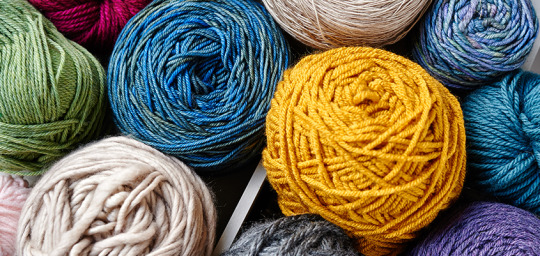
3. Winding Yarn: The yarn is winded in the winding section usingthe coning machine before knitting. Sometimes yarn may be required to be twisted.

4. Yarn distribution: After the winding process, the yarn goes to distribution section and distributors distribute the yarn to the knitting floor for knitting sweaters.

5. Knitting: In the knitting section knitting operators knit the different parts of the sweater i.e. front part, back part, sleeve etc. But plackets are made by auto placket machine.

6. Knitting Inspection: QC team inspect different knitted parts of the sweater in this section and send them to the linking section for linking.

7. Linking: In this section linking operators link/join different parts of the garment using the linking machine.

8. Linking Inspection: In this section the QC team inspects the linked garments.

9. Trimming: Linked sweaters are trimmed.

10. Mending: Sweaters are mended by mending operators.
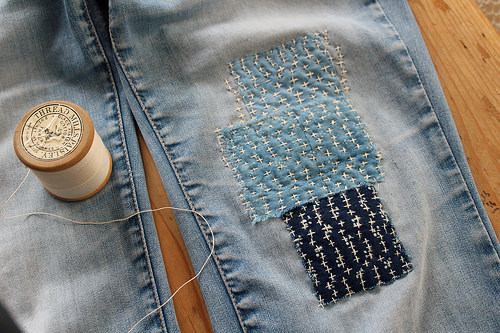
11. Light check: Light checking process is done thoroughly and carefully to detect/find any defect. If there is any defect found and if the defect is possible to overcome, then the garment is sent to the respective section for correction.

12. Wash: Washing and drying processes are done. The washing machine, hydro extractor and drying machine are used in this section.

13. Pressing/Ironing: Each garment is normally ironed/pressed to remove unwanted crease and to improve the smoothness, so that the garments looks nice to the customer.

14. Iron inspection: QC team inspects the sweaters to ensure iron quality.

15. Sewing/Label attachment: Labels are attached in the garments by sewing machine.

16. Final Quality: QC team checks final quality of the garments to detect any defective garments before packing.

17. Packing: After the final check/inspection, the garments are packed in poly or/and blister and finally in cartons attaching hang tag, price tag etc. as per the buyers’ packing instructions for inspection by the buyer’s representatives/inspectors.
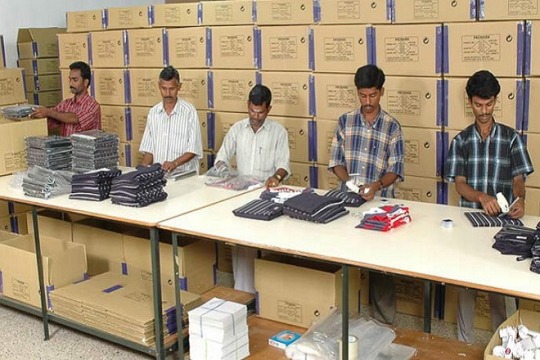
18. Delivery: After inspection by buyer’s representatives/inspectors, the cartons containing manufactured garments are delivered for shipment.

#fashion designing colleges in delhi#pursuing merchandiser course in Delhi#merchandising course in Delhi#apparel merchandising course#top institute of apparel merchandising#best 10 fashion designing college india
0 notes